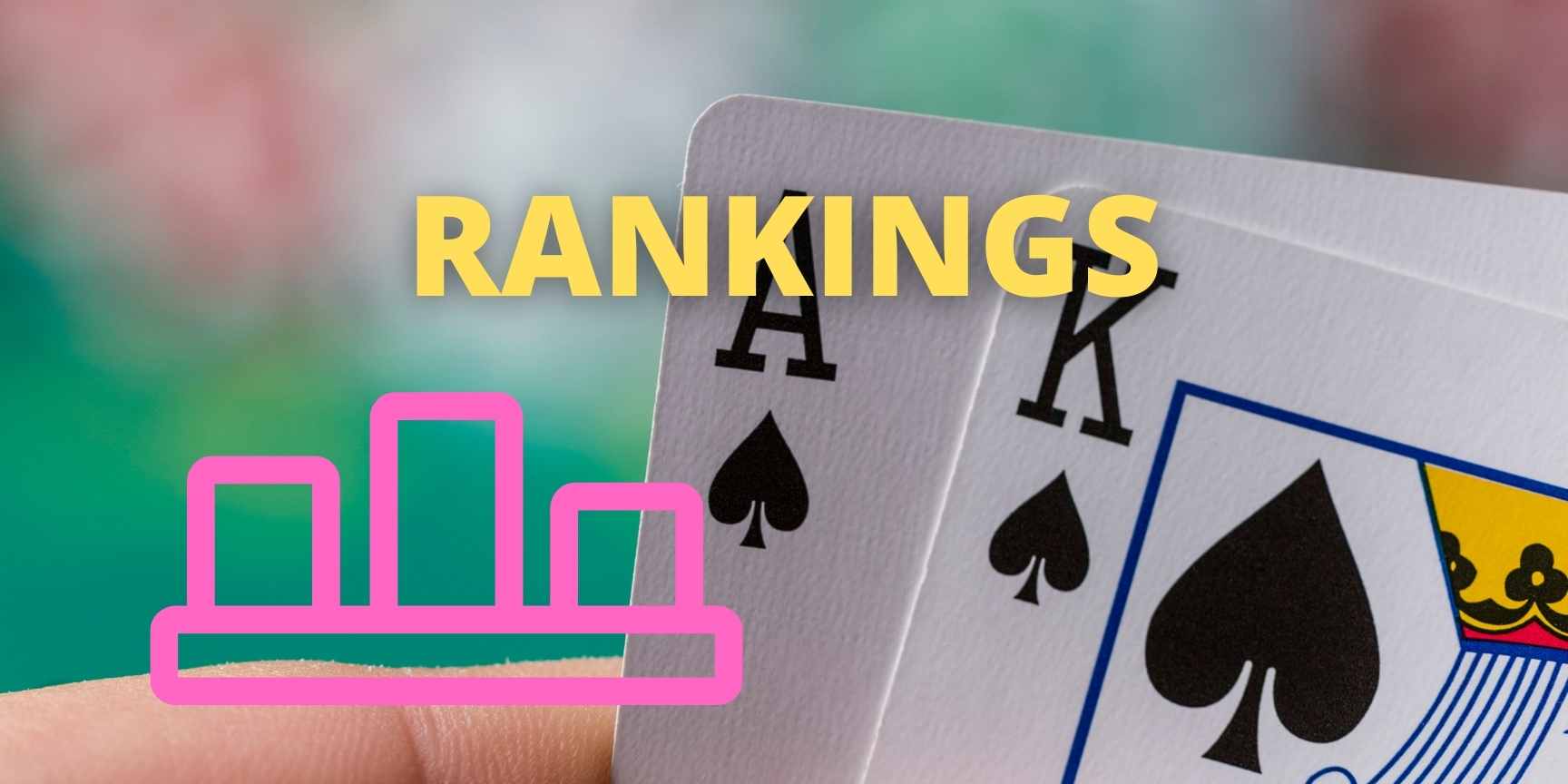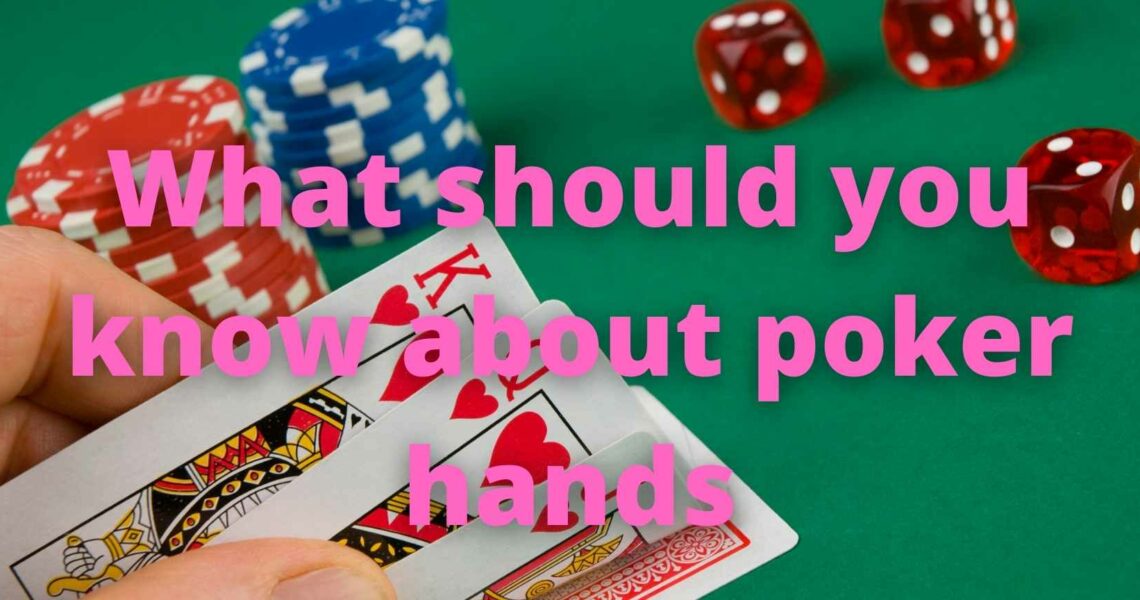What should you know about poker hands
What is the advantage of a flush over a straight? Are four of a kind better than a full house? Three of the same card is better than 2 pairs? With a pair and high card, who wins? When you first begin playing poker, it is important to consider these questions. In order to succeed as a poker player, you should know the ranking of your poker hands.
How exactly do rankings of poker hands work? What makes it so necessary to understand them?
The ranking of poker hands is based on the likely winning hands at the top, starting with a Royal Flush and proceeding down to the lowest possible hand. There are 8 other hands that can constitute poker hand combinations between these two: Straight Flush, Full House, Four of a Kind, Straight, Flush, One Pair, and Two Pairs.
Among all card games, poker is one of the most well-known, and you must learn the ranking of hands in order to play.
Poker Hands and their ranking
In the following list we list all the different Poker hands according to ranking and the chances of catching one:
- Royal straight flush: There are five top cards (A-K-Q-J-10) that belong to one of the four suits. The odds are 650,000 to 1.
- Straight flush: The sequence of five cards from the same suit (e.g., 2-3-4-5-6 of clubs). A player’s straight flush is ranked higher than a lower flush if two players have it on the same hand. 75,000 to 1 is the odds.
- Four of a kind: It can be four of one card; the fifth card can be anything in the hand. The ranking of the four cards determines the better hand if two players have four of a kind simultaneously. Whoever has the best five-card combination wins the round if both quads have equal rank. The odds are 4,150 to 1.
- Full house: Three of the same card matched with a pair — for example, three 10s and two 9s. If two players both have a full house, the higher Three of the same card determines the better hand. Odds: 700 to 1.
- Flush: Five cards from the same suit, no sequence necessary. It’s the highest card in a flush, if the top two cards are the same, that determines who’s got the better hand. The odds are 500-1.
- Straight: (In numerical order) Five cards in any suit of consecutive rank. It is decided by the top card straight between two players. The odds are 250-1.
- Three of the same card: Three cards with the same numerical value, along with two cards that are not matched, make up a trip. The highest-ranking trio wins. The odds are 47 to 1.
- Two pairs: There are two pairs of four cards and a fifth card that is unmatched. When there is a tie, the top pair is determined, followed by the second pair, then by the spare card. The odds are 20-1.
- One pair: The second-lowest hand is a pair with three unmatched cards. After the card rank, the unmatched cards divide the tie. The odds are 2 to 5.
- High card: You have five cards that are unmatched in the weakest hand, high card. What determines the better collection in the hand is the top card held. You move to the second card if two hands are tied, such as two hands with an Ace high. There is a 1-1 odds.

